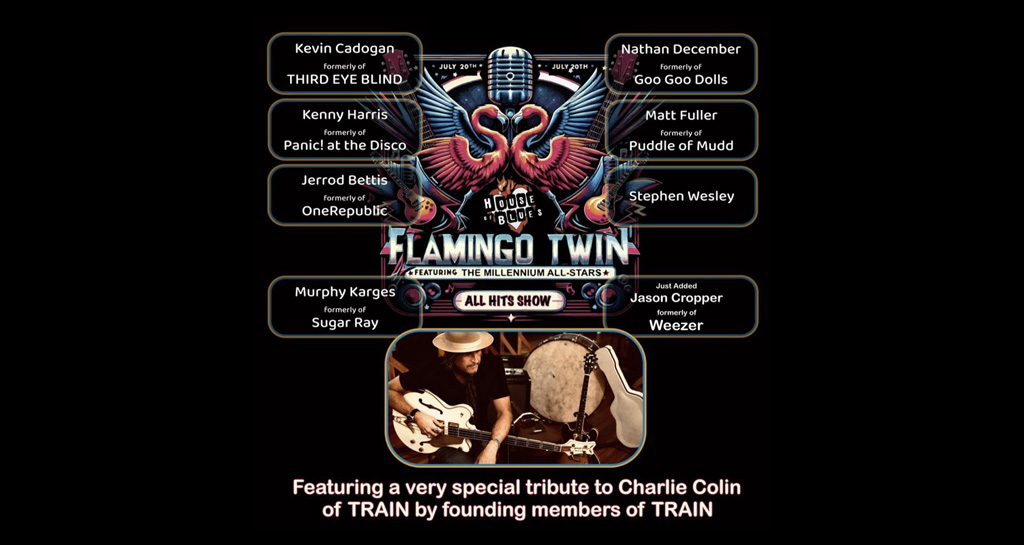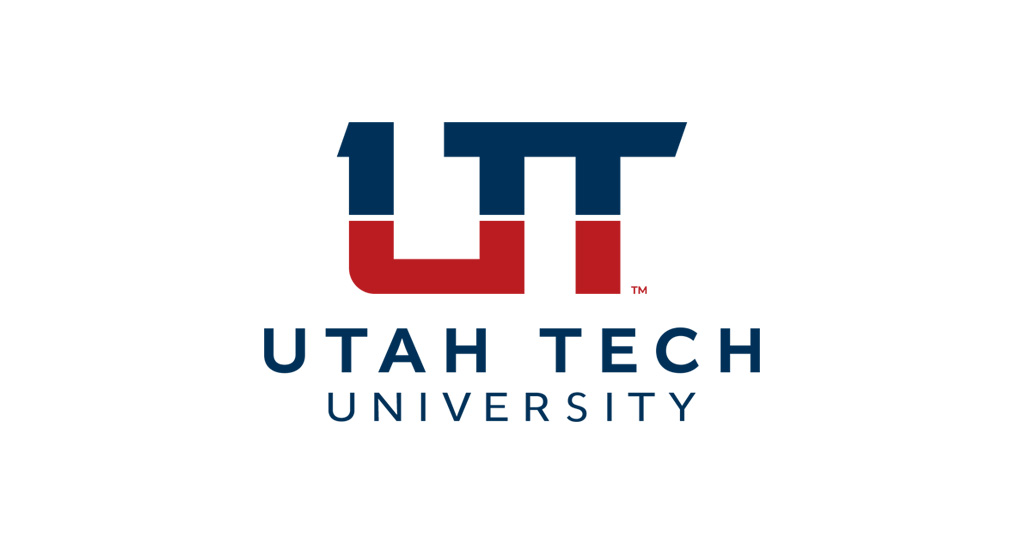Broadly defined, organizational development (OD) is the research and study of the psychology of the workplace with focus on performance and change. Although, the future cannot be predicted there are a number of tools that can be utilized in creating an environment that yields the highest probability of the desired outcome in the short-, medium- and long-terms. Our experience spans all economical and sociological backgrounds providing a unique perspective towards the human condition.
Every organization, business and individual is unique. Decision making on the individual level is guided by different motivational factors at different stages of lifespan development. By utilizing our expertise in organizational development you can maximize your organization’s performance and operate in a more sustainable manner.
All information exchanged in confidence remains confidential. We very much look forward to the opportunity of working with you and your team.


Broadly defined, organizational development is the research and study of the psychology of the workplace with focus on performance and change. Although, the future cannot be predicted there are a number of tools that can be utilized in creating an environment that yields the highest probability of the desired outcome in the short-, medium- and long-terms. Our experience spans all economical and sociological backgrounds providing a unique perspective towards the human condition.
Every organization, business and individual is unique. Decision making on the individual level is guided by different motivational factors at different stages of lifespan development. By utilizing our expertise in organizational development you can maximize your organization’s performance and operate in a more sustainable manner.
All information exchanged in confidence remains confidential. We very much look forward to the opportunity of working with you and your team.



